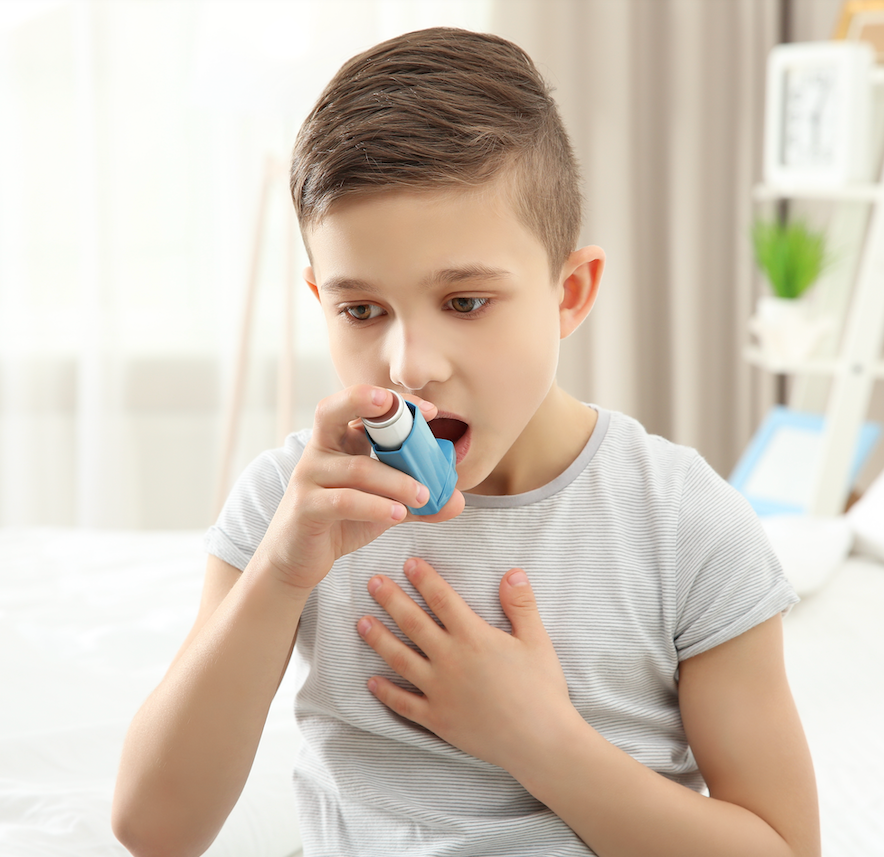Video
Obstructive Sleep Apnea: Common Symptoms and Misconceptions
Author(s):
Reena Mehra, MD, MS, reviews telling signs, the role of obesity, and the importance of proper testing for sleep apnea.
One of the most persistent burdens surrounding obstructive sleep apnea is the frequently delay in diagnosis by clinicians and initiated care for affected patients. It’s critical for caregivers and at-risk persons alike to identify the telling signs and symptoms of apnea risk—and the initial steps necessary to begin managing the chronic disease.
In the latest episode of Lungcast, Reena Mehra, MD, MS, director of sleep disorders research at the Cleveland Clinic, spoke with American Lung Association (ALA) chief medical officer Albert Rizzo, MD, on the most common or undercooked symptoms in obstructive sleep apnea. She noted how often patients present to her clinic with symptoms of excessive daytime sleepiness and general fatigue.
“That is by far and away the most common symptoms of obstructive sleep apnea, and it’s by virtue of the disruptive sleep that’s introduced from these repetitive episodes of stopped breathing—and probably some other pathways by which hypoxia may alter certain areas of the brain and lead to that sleepiness as well,” Mehra said.
Mehra additionally highlighted the importance of identifying persistent snoring, drowsing driving—an “important one” to quickly address—altered mood, or even nocturia as signs of untreated sleep apnea.
Rizzo and Mehra additionally discussed the misconception that obesity is a direct correlation with sleep apnea, highlighting the risk persons with unique airway anatomy and tissue accumulation face with the disease.
“It’s not everyone who is obese has sleep apnea, and not everyone who has sleep apnea is obese,” Mehra said.
Lastly, the pair reviewed differences in use of at-home and in-lab testing for sleep apnea.
“There’s a lot that’s monitored during an in-lab, attended polysomnogram,” Mehra said. ”It’s great from the standpoint of being able to collect a lot of helpful, important information about the degree of severity of sleep apnea…it allows us to more carefully and in a detailed way characterize the sleep-disordered breathing.”
“There can be some underestimation of the true degree of sleep apnea with home sleep apnea tests, so it’s important to recognize if you have high test probability, you’re doing the home sleep apnea test but it’s not conclusive nor revealing of a diagnosis, then one should pursue in-lab diagnostic testing to really confirm if there’s presence of sleep apnea,” she added.
Lungcast is a monthly respiratory health podcast from HCPLive and the ALA.
Subscribe or listen to Lungcast on your favorite platforms:




